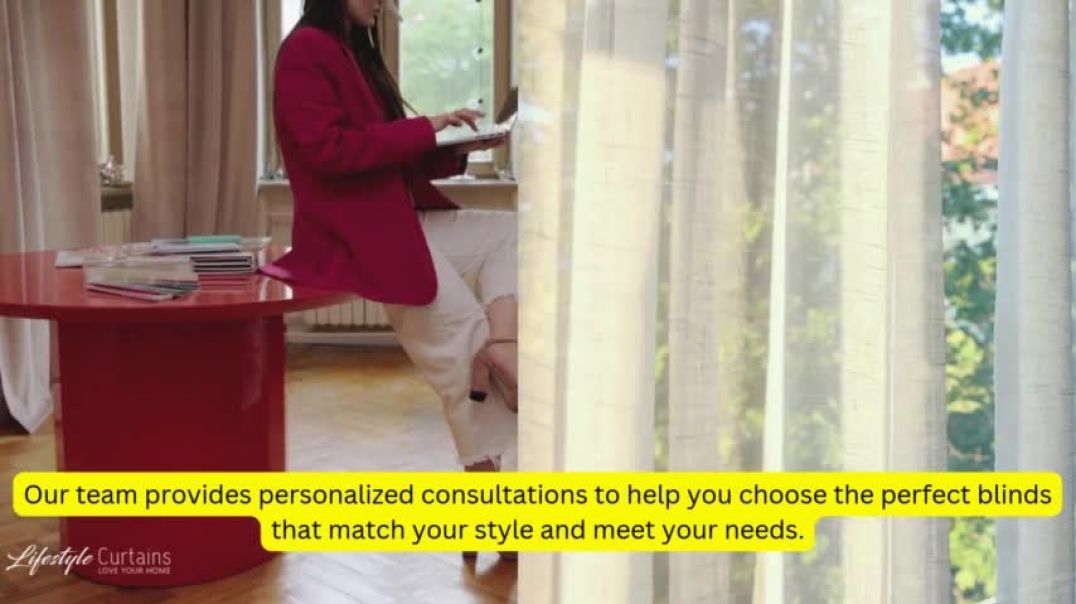1 Views· 12 November 2022
Take the Present Perfect Progressive challenge!
Will you be able to pass my Present Perfect Progressive Challenge?! In this lesson, you will review the grammatical structure of the present perfect progressive tense and learn how to use it in conversation. You'll hear many examples taken from real English conversations and I'll explain how and when you should use this tense. Here is the challenge: First, watch this video. Second, take the quiz to make sure you're using the tense correctly. Third, use the present perfect progressive tense in conversation or in our comments section. Complete this challenge and you'll become more comfortable USING the grammar you learn. Good luck! Practice makes perfect!
TAKE THE QUIZ ON MY WEBSITE: https://www.engvid.com/present....-perfect-progressive
TRANSCRIPT
Hello. My name is Emma and in today's video we are going to talk about grammar, and specifically we are going to talk about the present perfect progressive, and this video is a bit special because in this video I am going to challenge you to use the present perfect progressive in a sentence or in a conversation this week. Okay? So, maybe you've heard of the Ice Bucket Challenge, well, this isn't that. This is the: "Present Perfect Progressive Challenge". Okay? And I hope you do this. So, here's the challenge: Use present perfect progressive tense in one conversation this week. So, in order to do this, first I'm going to teach you: What is the present perfect progressive? We can also call it the present perfect continuous, you might know it by that name. So I'm going to talk about what it is, why we use it. I'm going to teach you about the form of it, so: How does it look? And then we're going to practice it and we're going to talk about how we can actually use this in a conversation. Because I know what happens with many students, they go to class or, you know, they're studying online and they find these great grammar worksheets or resources, and they do them at home and it's great on paper, but then when they're actually in a conversation they get scared about making a mistake or they can't remember the grammar, and so they don't use it. So this video is more practical because I want you to use this grammar.
Okay, so let's look at some examples of the present perfect continuous or present perfect progressive. That's going to get tiring to say. It's such a long grammatical term, so if I make a mistake, you know, when I'm saying the word, don't mind that. Okay, so I have some examples here. My first one: "I have"-so this is part of the form-"been working at my company for 5 years". So, just take a moment to think about that. "I have been working at my company for 5 years." Now, let's look at another example. We're going to compare some examples, and then think about what they all mean. "He has been dating my friend for 2 months. He has been dating my friend for 2 months." Let's look at a third example: "We have been studying English forever." [Laughs] Sometimes it might feel that way, but you know, bear with me. "We have been studying English forever."
Okay, so what do these sentences have in common? Well, first of all you probably realize these are all present perfect progressive sentences, and they have a lot of things in common. The main thing that we're using the present perfect progressive for is we're talking about how long, so how long something is happening. Okay? So we're talking about the duration of time, how long something happens for. So you'll notice: "I have been working at my company for 5 years." Five years is an amount of time. Okay? "He has been dating my friend for 2 months." Two months is a period of time. "We have been studying English forever." Forever is a very long period of time. Okay? So we're talking about periods of time when we're talking about the present perfect progressive, and we're really answering the question: "How long?" or "How much time?" Okay? So now let's talk a little bit more about the meaning and the form.
Okay, so we've looked at some examples of the present perfect progressive, and let's think a little bit more about the meaning. I've drawn here a timeline. Okay? So this is now, today, right now; this is the future; and this is the past. Okay? So when we're talking about the... Well, actually any grammar, what can be really helpful is looking at timelines, they can really help you understand, you know, what these different tenses mean. So let's look at our timeline and what the present perfect progressive tense would look like on the timeline. So, I have here my first example: "I have been working at my company for 5 years." This means that five years ago, so let's go to the past-one, two, three, four, five-I started working, so this is the beginning, and this action continued and continued and continued to right now, so I'm still doing it.



























0 Comments